In 326 AD, Empress Helena journeyed to Jerusalem and discovered the True Cross—an act that elevated her status as a saint and transformed Christian pilgrimage forever.
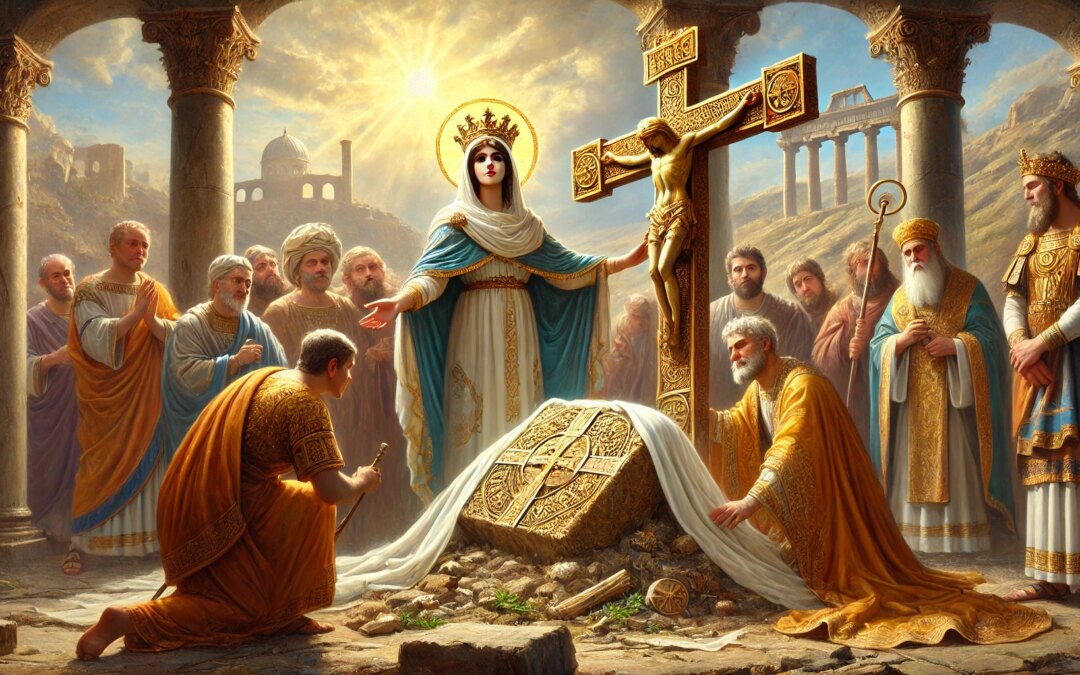

In 326 AD, Empress Helena journeyed to Jerusalem and discovered the True Cross—an act that elevated her status as a saint and transformed Christian pilgrimage forever.
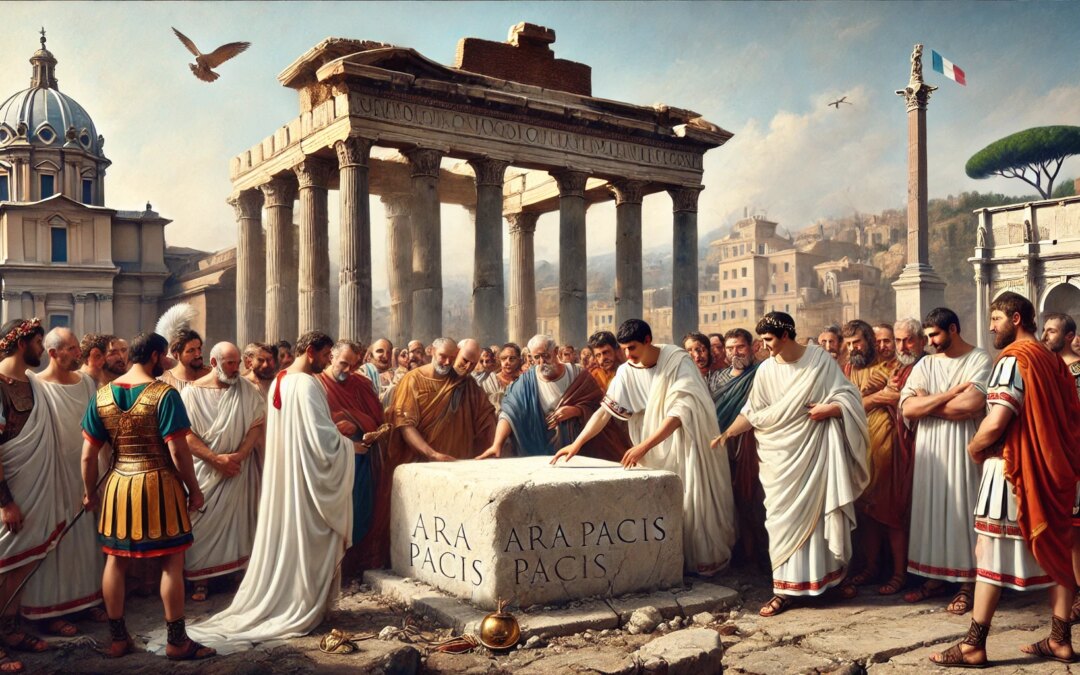
In 13 BC, Emperor Augustus laid the foundation of the Ara Pacis in Rome—a monumental altar symbolizing the peace and prosperity brought by his rule and the birth of the Roman Empire.
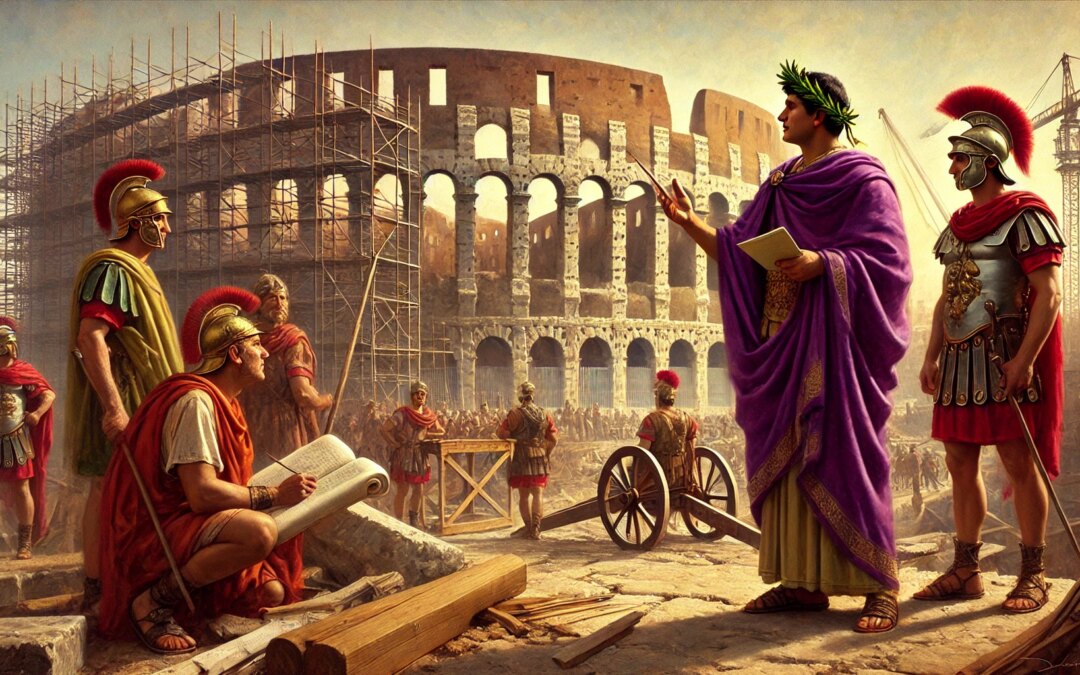
In 72 AD, Emperor Vespasian began construction of the Colosseum, transforming Nero’s private land into a public monument of power, entertainment, and imperial unity.
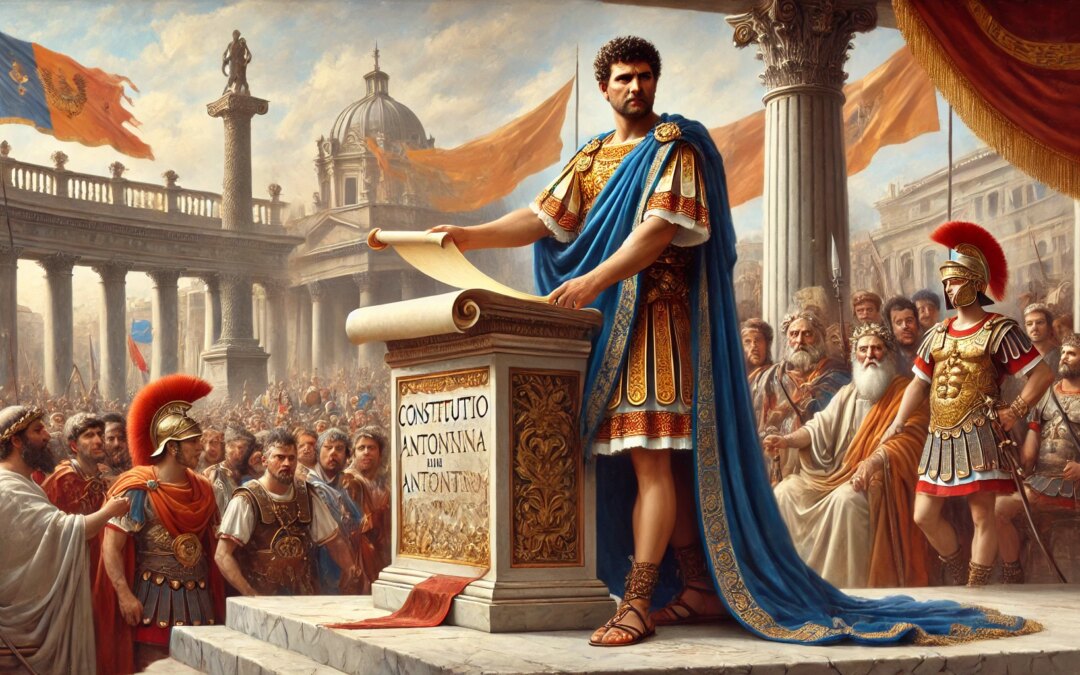
In 212 AD, Emperor Caracalla issued the Constitutio Antoniniana, extending Roman citizenship to nearly all free men in the empire—radically reshaping Roman identity and legal reach.
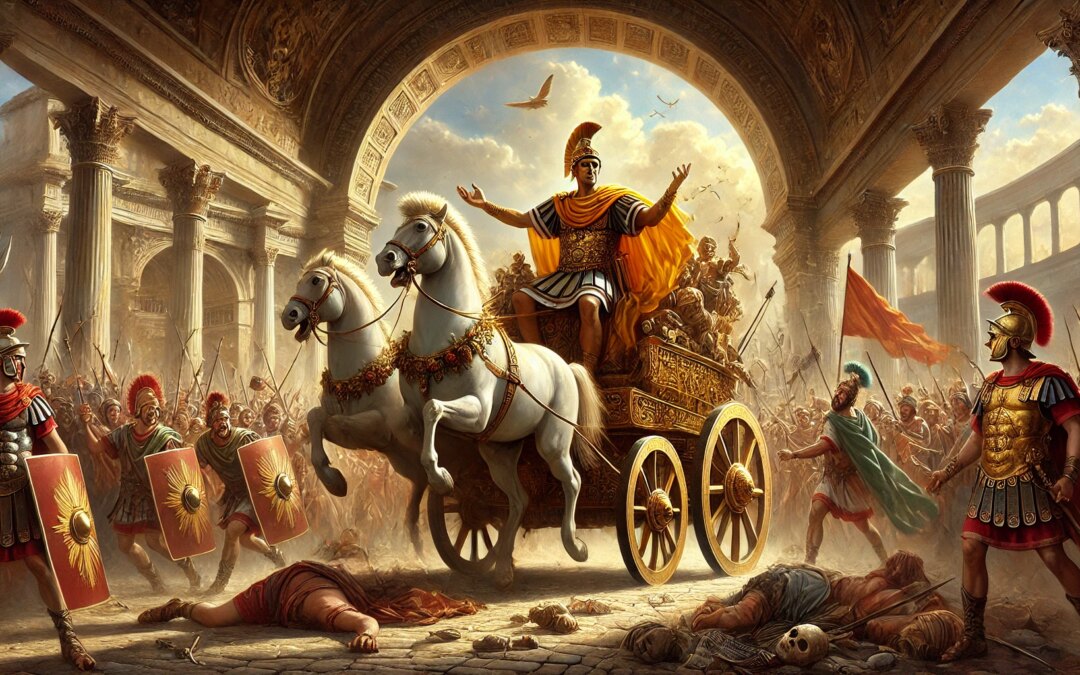
In 61 BC, Pompey the Great celebrated his third and most lavish triumph in Rome, marking victories from Spain to the East and solidifying his stature as the republic’s leading general.
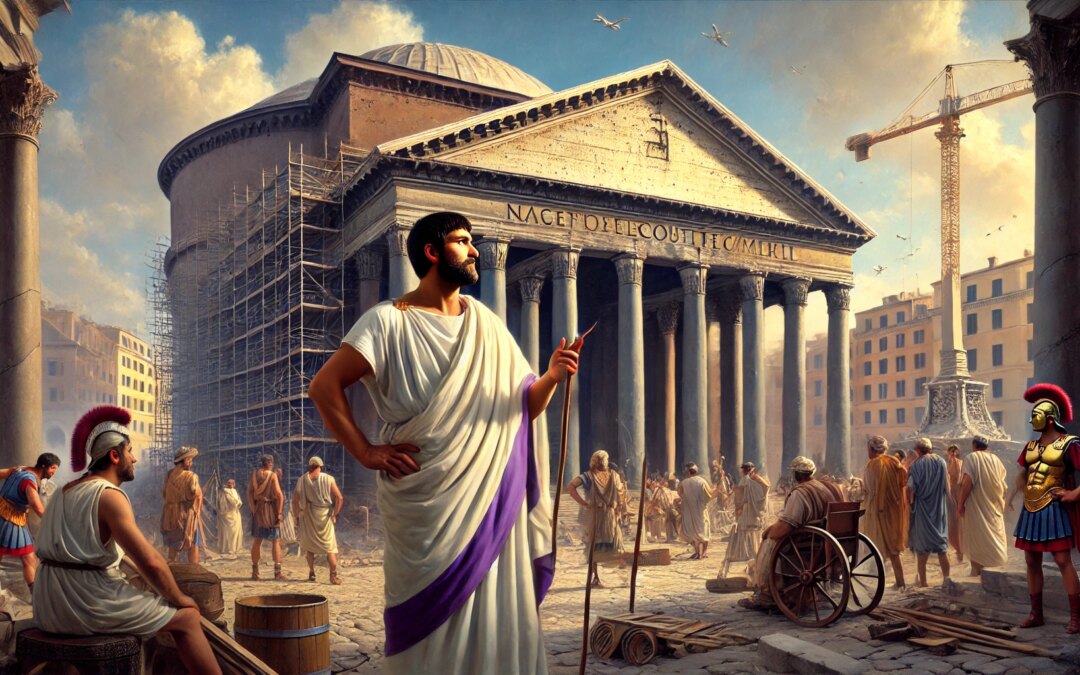
In 27 BC, Marcus Vipsanius Agrippa, right hand of Augustus, began constructing the original Pantheon—a symbol of imperial ambition and Roman engineering mastery.
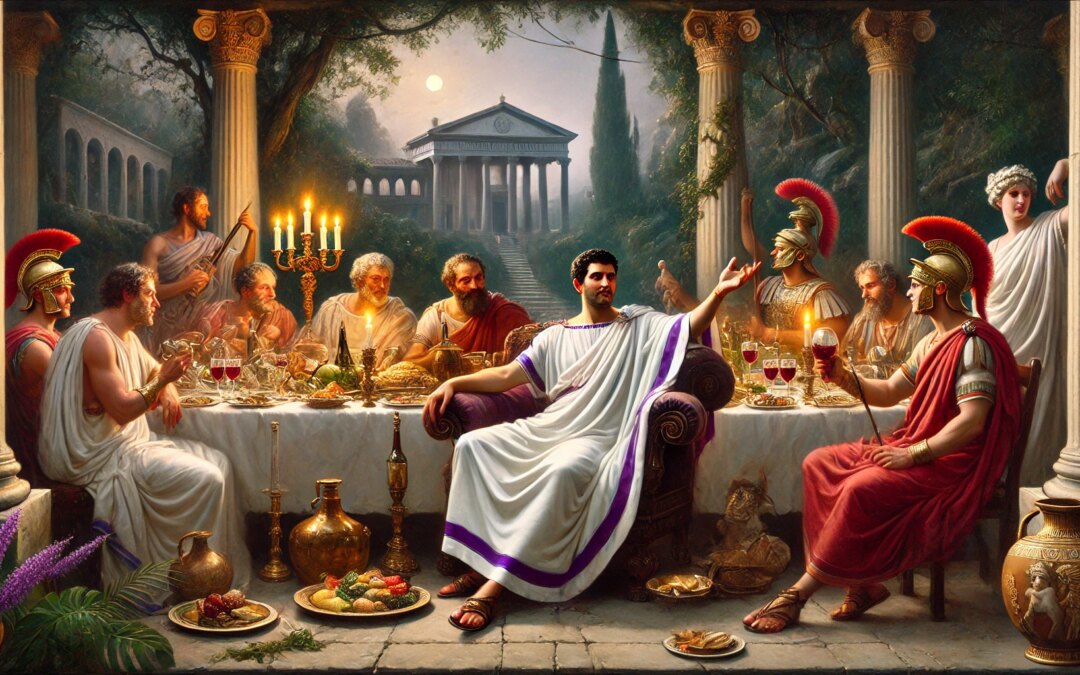
In 60 BC, Roman general Lucullus transformed his retirement into a symbol of elite indulgence—hosting legendary banquets that redefined Roman luxury and cultural refinement.
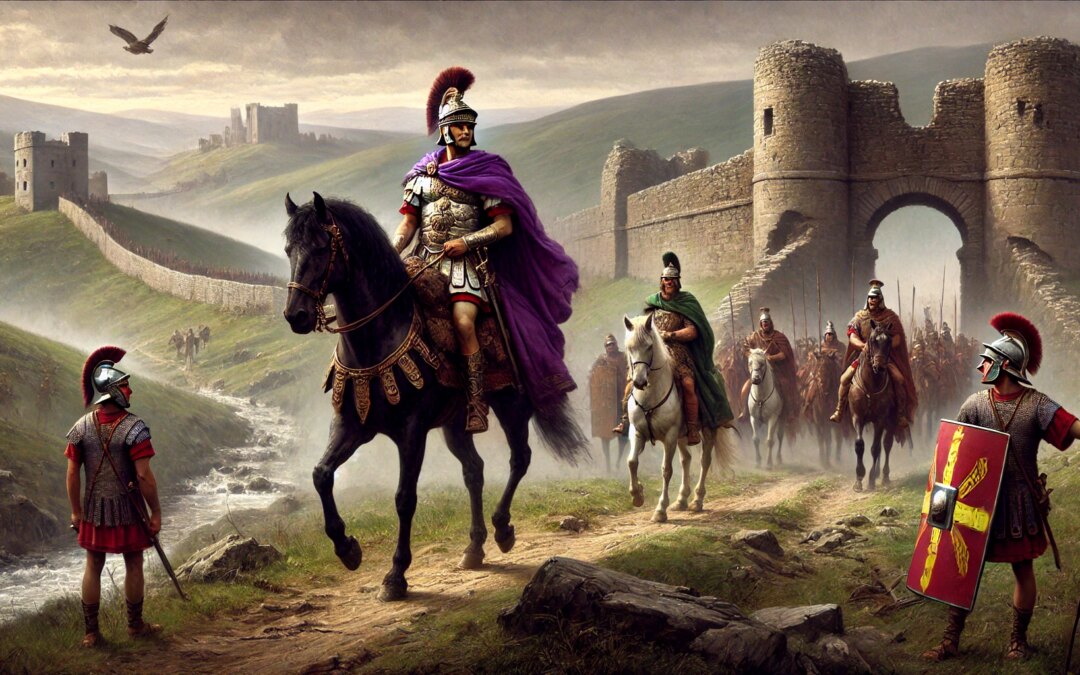
In 208 AD, Emperor Septimius Severus launched a final campaign in Roman Britain, marching north beyond Hadrian’s Wall to assert imperial control and secure the empire’s frontiers.
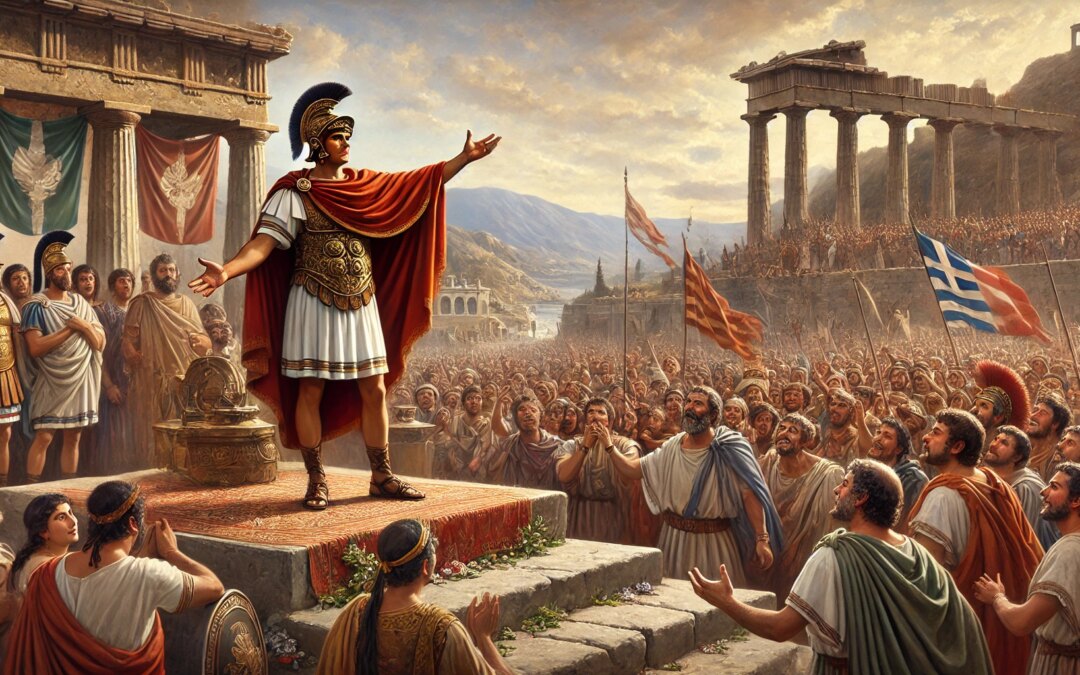
In 196 BC, Roman general Titus Quinctius Flamininus stood before a crowd at the Isthmian Games and proclaimed Greek freedom—reshaping the balance of power and winning the hearts of a nation.
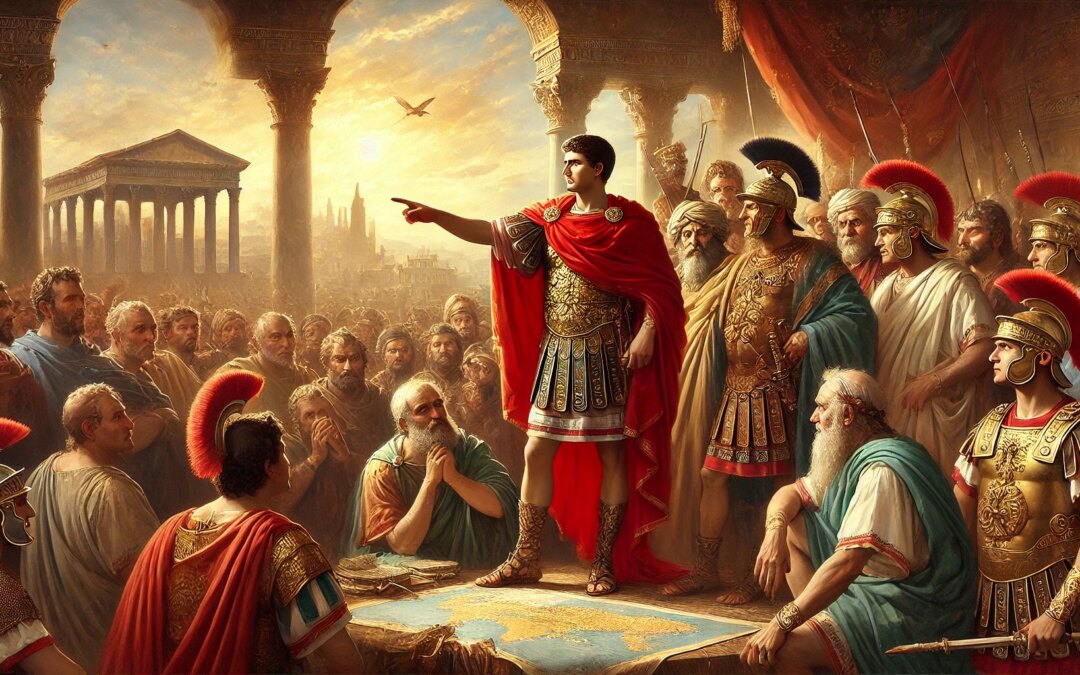
In 64 BC, Pompey the Great restructured Rome’s eastern provinces following sweeping military victories—an act that expanded Roman influence and reshaped the geopolitical landscape for generations.